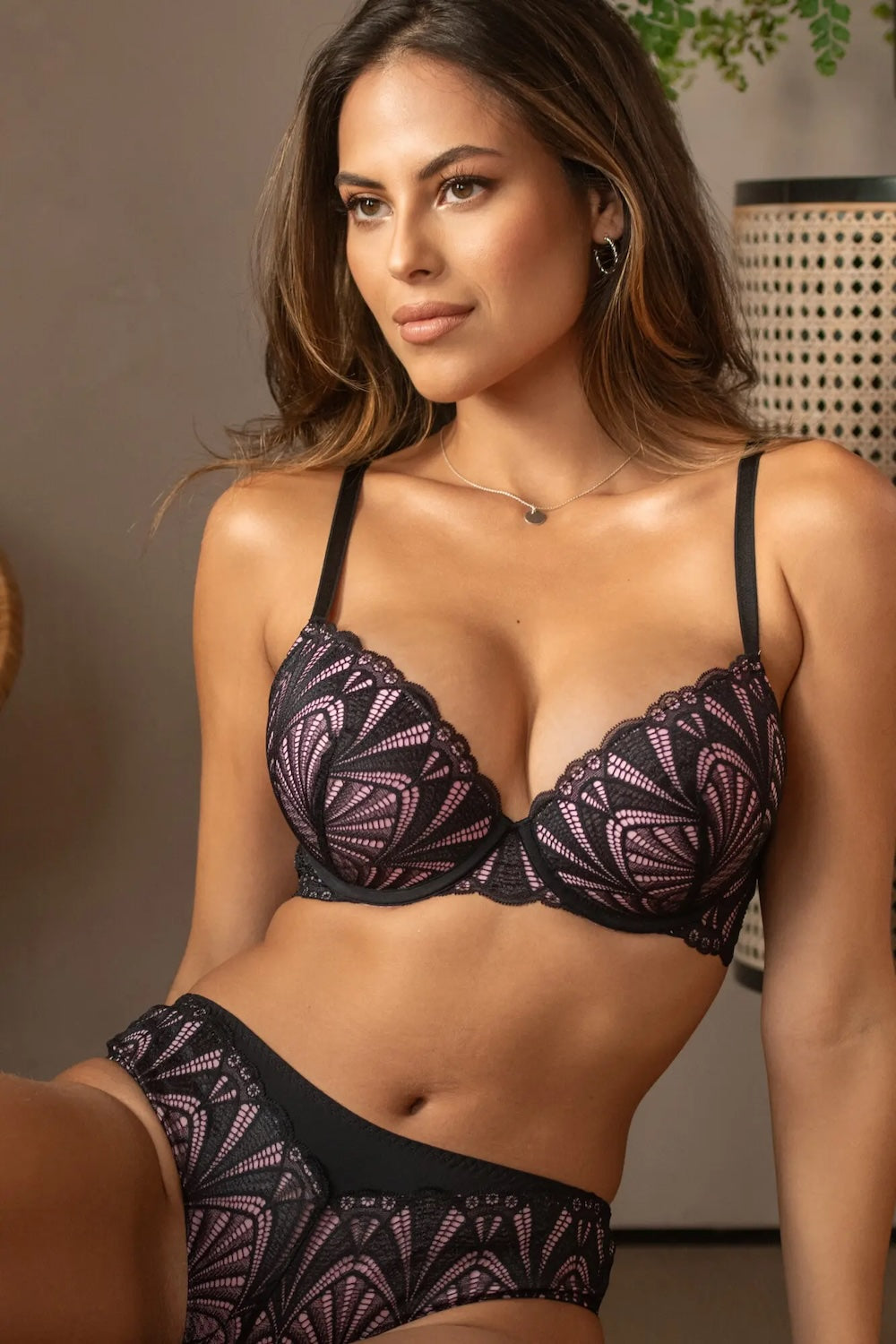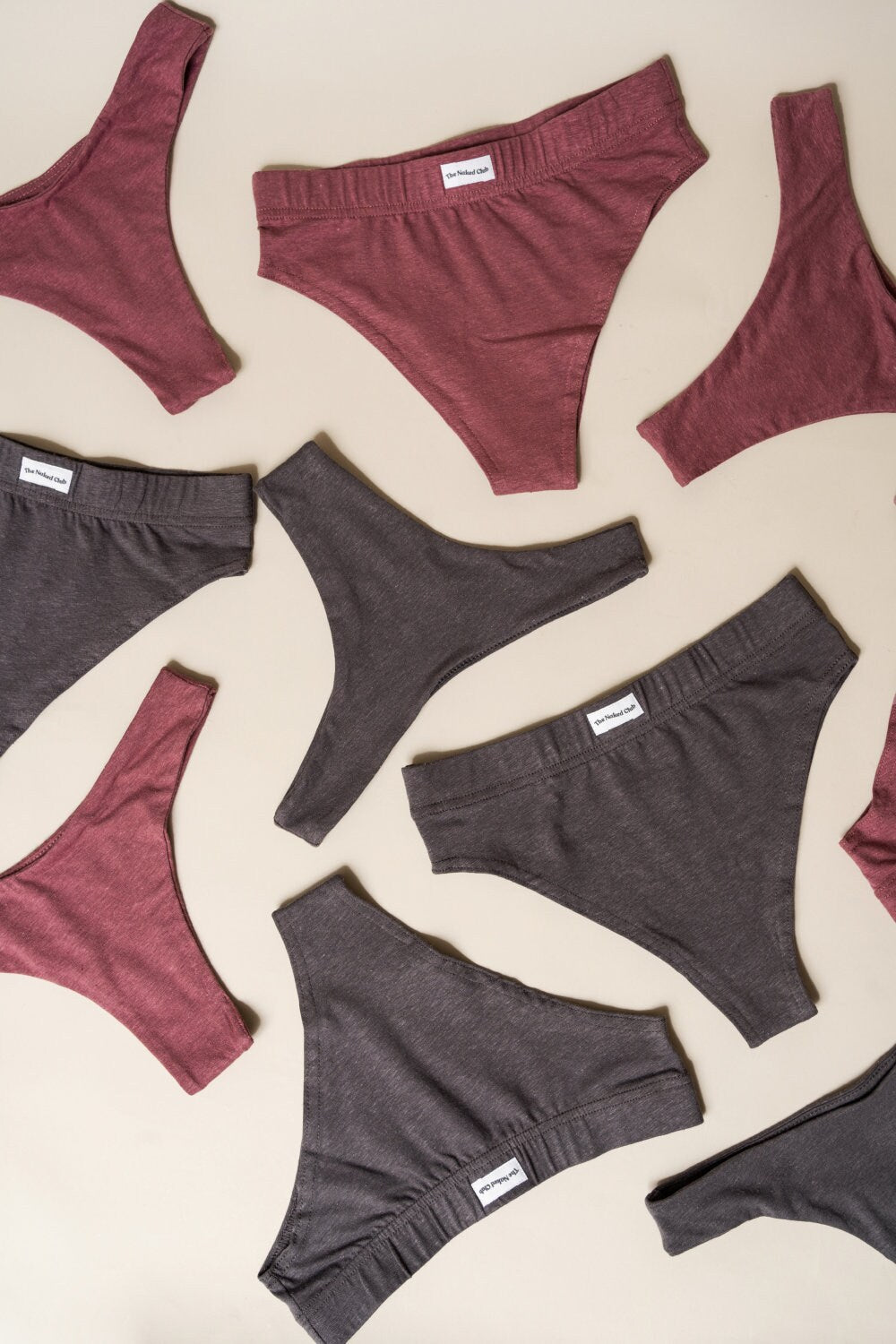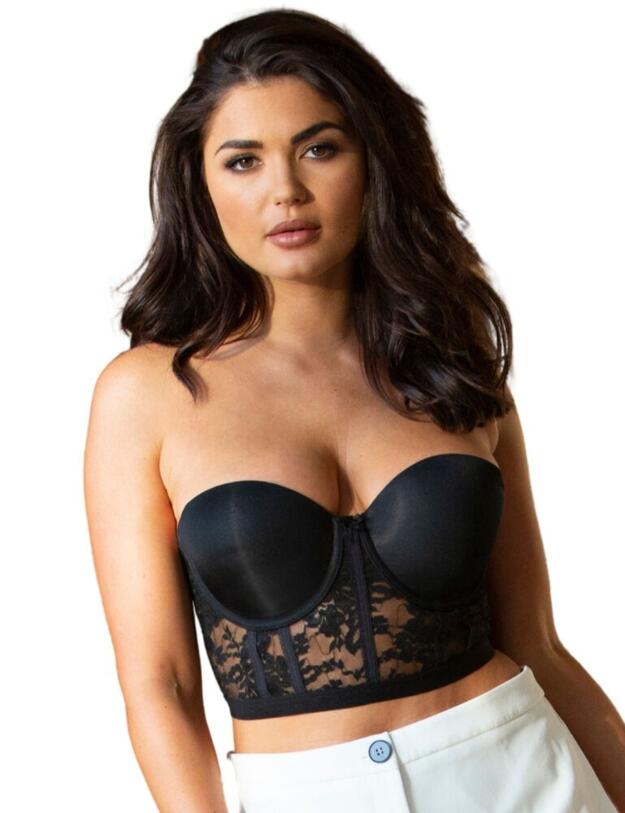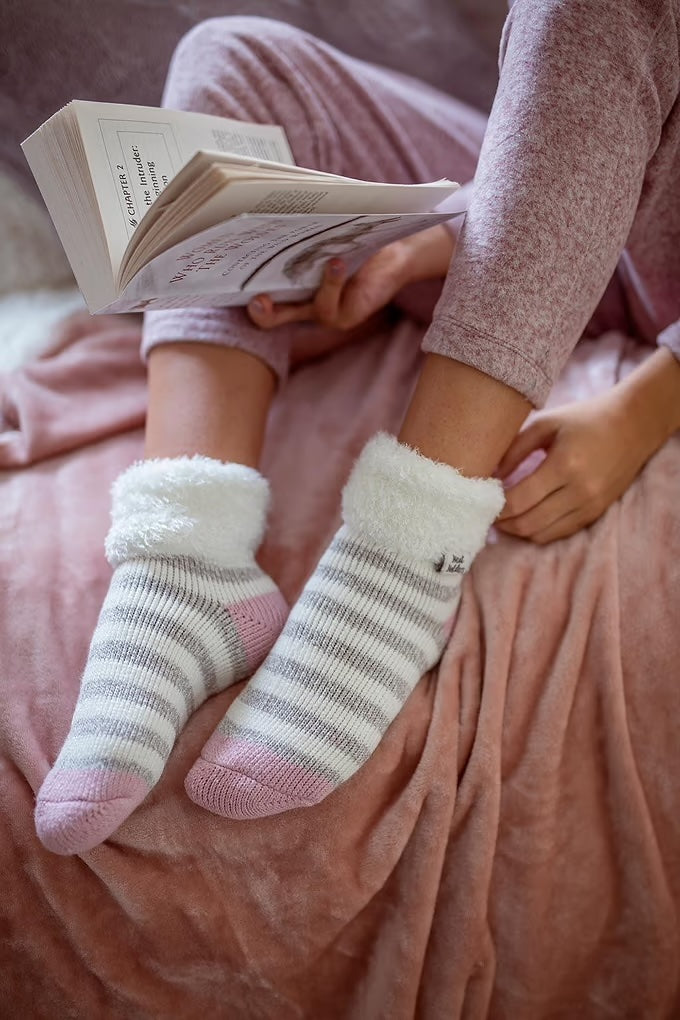Why Women Wear Bras: Exploring Comfort, Support, Style

Why Women Wear Bras: Exploring Comfort, Support, Style. Bras are one of the most essential and frequently discussed items in women’s wardrobes. Although they might seem like a modern fashion staple, the history and purpose of bras reveal a more complex story, touching on anatomy, comfort, social norms, and even self-expression. For many women, bras provide physical support and comfort, but they also serve aesthetic and functional roles that go beyond the basics. This guide explores the various reasons why women wear bras and the benefits they bring to everyday life.
1. Physical Support and Comfort
One of the primary reasons women wear bras is to support the breasts, particularly for those with larger or fuller chests. The weight of breast tissue can cause strain on the neck, back, and shoulders, which may lead to posture issues or discomfort over time. A well-fitted bra offers support, distributing the weight of the breasts more evenly and reducing strain.
For women with smaller chests, a bra may still provide comfort by preventing friction or irritation. Lightweight bras, such as bralettes or wireless options, can provide enough coverage without adding unnecessary structure, making them ideal for those looking for gentle support.
2. Enhancing Posture and Reducing Strain
Many women find that a supportive bra helps with maintaining a more natural posture. For women with larger breasts, poor posture can be a frequent concern, as the extra weight on the chest can pull the shoulders forward. Bras that offer back support and encourage proper alignment help relieve tension in the upper body. Specialized bras, like posture-support bras, are even designed to encourage upright alignment, which can benefit women of all sizes, especially those who work long hours at desks or perform physical labor.
3. Shaping and Silhouette
Bras also play a significant role in shaping and enhancing the silhouette. Different bra types—whether push-up, plunge, balconette, or T-shirt—are designed to offer unique shaping effects that complement various outfits. For example, a push-up bra can create a fuller look under low-cut tops, while a seamless T-shirt bra provides a smooth, natural shape under fitted clothing.
Many women use bras to enhance or adjust their natural shape according to personal preferences or to suit certain attire. Bras that create lift, separate, or shape can help women feel confident in their appearance and ensure that clothing fits smoothly.
4. Modesty and Coverage
In many settings, women may choose to wear bras for modesty and coverage. Bras help conceal nipples and provide an additional layer of fabric, which some may feel more comfortable with in professional or social settings. Many bras are designed with lightly lined or padded cups, providing coverage that can prevent visible outlines and create a polished appearance, especially in lightweight or fitted tops.
For those who prefer to wear more relaxed or semi-sheer clothing, bras can offer modesty while maintaining style. Today’s bras come in various levels of opacity and design, giving women options that range from barely-there styles to full-coverage, ensuring they can find the right balance for any occasion.
5. Boosting Confidence and Self-Expression
Bras can be a source of confidence and self-expression, allowing women to celebrate their unique style and feel good about their appearance. The wide variety of bras available—from functional sports bras to luxurious lace and intricate designs—means that there’s something to suit everyone’s taste.
For many women, wearing a bra that feels special or stylish can positively impact their self-esteem. Bras are no longer just utilitarian undergarments; they’ve become pieces of fashion in their own right, allowing women to express their personality through different colors, textures, and designs. The right bra can make a woman feel empowered, whether she’s wearing it for herself or as a form of personal expression.
6. Supporting Breast Health
While bras don’t directly affect breast health, many women find that they can alleviate discomfort during activities that involve movement. Sports bras, for instance, are designed to minimize breast movement, especially during high-impact exercises like running or aerobics. The support provided by sports bras reduces strain on the ligaments that support breast tissue, which can help prevent pain or discomfort during exercise.
Additionally, there is a practical health benefit in wearing bras that fit correctly. Ill-fitting bras can lead to skin irritation, muscle strain, and even tension headaches in extreme cases. Finding a bra that fits well is essential for avoiding these issues and ensuring that women experience only the benefits that bras have to offer.
7. Comfort and Support During Physical Activity
Bras, especially sports bras, play an important role in providing support during physical activities. Physical activity can cause breast movement, leading to discomfort, especially for those with fuller busts. Sports bras are designed to minimize this movement, protecting the Cooper’s ligaments (fibrous tissues that help support the breasts) from excessive strain. High-impact sports bras offer firm support, while low-impact styles provide light support for activities like yoga or Pilates.
Whether a woman is going for a jog, lifting weights, or doing a dance class, the right sports bra provides stability and comfort, helping her focus on her workout without distraction.
8. Social Norms and Cultural Influence
Wearing a bra is influenced by social and cultural expectations as much as it is by personal choice. In many societies, wearing a bra has become the norm, partly due to historical trends in fashion and modesty standards. Bras were initially designed as an alternative to corsets and evolved into an essential undergarment that remains deeply ingrained in cultural conventions around femininity and beauty.
While the “free the nipple” and braless movements have gained traction, particularly among younger generations, the bra remains a widely accepted and chosen garment. Women today have more freedom than ever to choose whether or not to wear a bra based on comfort and preference rather than societal expectations alone.
9. Pregnancy, Nursing, and Hormonal Changes
During pregnancy and breastfeeding, many women wear bras for the additional support and comfort they provide. As breasts change in size and sensitivity, maternity bras, which are designed with flexible materials and extra support, can help alleviate discomfort. Nursing bras, with easy access for breastfeeding, offer both convenience and support during postpartum.
Hormonal changes, such as those experienced during menstruation or menopause, can also cause temporary breast swelling and tenderness. During these times, a comfortable and supportive bra can provide relief from discomfort and enhance overall well-being.
Final Thoughts
For many women, wearing a bra is about much more than a simple garment; it’s about achieving comfort, feeling supported, and expressing individual style. While the choice to wear or not wear a bra is ultimately personal, the benefits—from physical support to shaping and self-expression—make bras a valued part of many women’s daily lives. Understanding the different types and purposes of bras can help women make informed choices that enhance their comfort and confidence, tailored to their unique needs and lifestyles.
Check out our homepage Olivia Paisley


